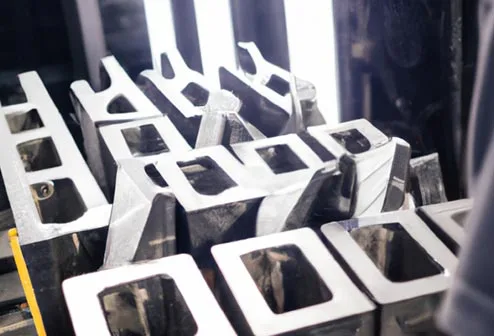Sheet metal refers to a process used to manufacture a variety of metal products, which involves processing sheet metal into the desired shape and size by cutting, stamping, bending, and welding. Sheet metal processing is widely used in the fields of machinery, electronics, automobiles, aerospace, and construction, and is an important manufacturing technology.
An important step in sheet metal processing is sheet metal bending, which is the use of external forces to bend sheet metal into a certain angle or curvature to form different geometric shapes. Sheet metal bending can change the physical dimensions and mechanical properties of sheet metal to suit different design and functional requirements.
There are various ways of sheet metal bending, which can be categorized into the following according to the mechanical principle of bending, tools, equipment, parameters, shapes and so on:
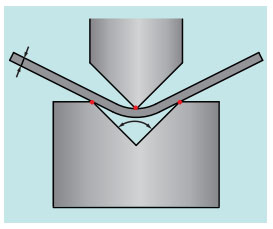
V-bending is the most common type of sheet metal bending, which uses a tool called a punch and a V-die to bend the sheet metal at the desired angle. In this process, a bending punch is stamped into the sheet metal placed above the V-die, causing the sheet metal to deform elastically and plastically inside the V-groove, forming a V-shaped bend.The angle of the V-bend depends on the pressure point of the punch and the opening angle of the die, and usually varies between 30° and 120°.The advantages of the V-bend are that it is simple, fast, and economical, and it can be used to bend sheet metal of a wide range of thicknesses and materials. The disadvantage of V-bending is that the accuracy and consistency of bending is affected by the wear and tear of the punch and mold, fluctuations in bending force, and rebound of the sheet metal, and requires correction and compensation.
This is where the sheet metal is compressed to the bottom of a preset mold to form a defined angle and shape. In bottom-touch bending, the position and shape of the angle of the mold determines the result of the bend. The advantage of bottom bending is the high precision and stability of the bend, which is not affected by the springback and modulus of elasticity of the sheet metal. The disadvantage of touch bottom bending is that the bending force and pressure are higher, which may lead to damage and deformation of the metal sheet.
This is when a sheet metal is pressed into the V-groove of a preset mold to form a defined angle and shape. In imprint bending, the clearance and shape of the punch and die determine the result of the bend. The advantage of imprint bending is that it provides the highest bending accuracy and consistency and can be used to bend sheet metal with small radii and large angles. The disadvantage of imprint bending is that the bending force and pressure is the highest, which may lead to damage and deformation of sheet metal, and requires special punches and molds.
This is where the sheet metal is pressed into the V-groove of a preset mold without touching the bottom to form a defined angle and shape. In air bending, the gap and shape of the punch and die, as well as the amount of bending force, determine the bending result. The advantages of air bending and bending are that the bending forces and pressures are low and do not result in damage or deformation of the sheet metal, and that common punches and dies can be used. The disadvantage of air bending is that the bending accuracy and stability is low, affected by the rebound and modulus of elasticity of the sheet metal, and requires correction and compensation.
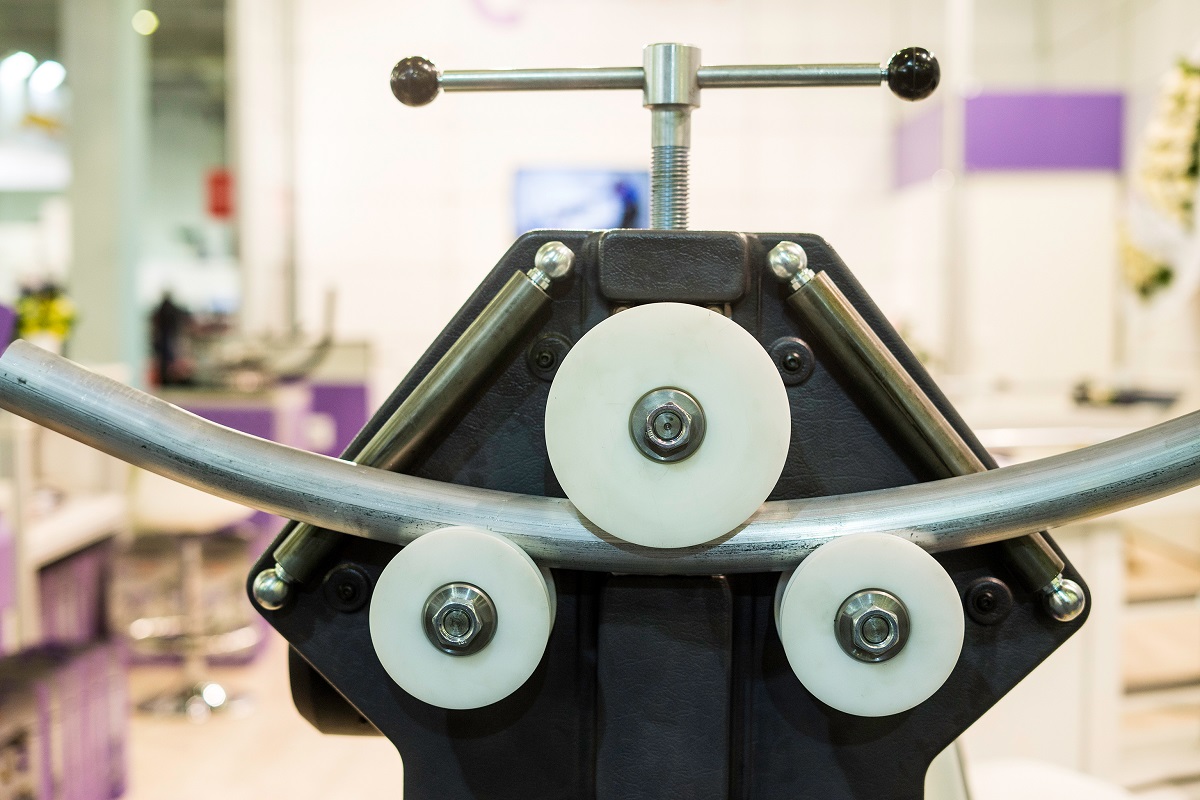
Roll bending is a method used to bend sheet metal into rolls or curved shapes using a device called a roll bending machine, which makes different bends or large round bends through three sets of rolls. In this process, sheet metal is fed between the two lower rolls of the roll bending machine, and then by adjusting the position and pressure of the upper rolls, the sheet metal is elastically deformed and plastically deformed between the rolls to form a rolled or curved bend. The radius and curvature of roll bending and bending depend on the distance and angle between the rolls and can usually reach a wide range. The advantage of roll bending is that it can be used to bend sheet metal with large radii and complex curves, and the surface quality and integrity of the sheet metal can be maintained. The disadvantage of roll bending is that the accuracy and consistency of the bend is low and is affected by factors such as the elastic recovery of the sheet metal and the distribution of the bending forces, which need to be corrected and compensated for.
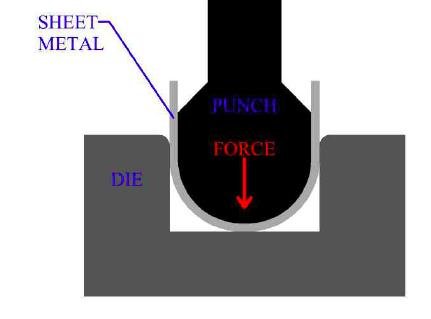
U-bending is similar to V-bending in that it uses a tool called a U-die to bend sheet metal at a desired angle. In this process, a bending punch is stamped into the sheet metal placed above the U-die, causing the sheet metal to deform elastically and plastically inside the U-groove, forming a U-bend.The angle of the U-bend depends on the pressure point of the punch and the opening angle of the die, and is usually in the range of 30° to 120°.The advantage of the U-bend is that it can be used to bend sheet metal at large angles and radii, and that it maintains the flatness of the tool. The advantage of U-bending is that it can be used to bend large angles and radii of sheet metal, and the flatness and integrity of the sheet metal can be maintained. the disadvantage of U-bending is that the accuracy and consistency of the bend is low, and is affected by factors such as the springback of the sheet metal and the distribution of the bending forces, which need to be calibrated and compensated for.
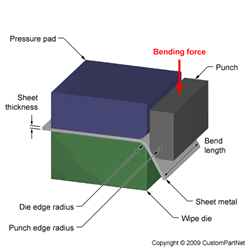
Wipe bending is a method used to bend the edges of sheet metal by using a tool called a wiping die, which, through the action of wiping, causes the sheet metal to elastically deform and plastically deform at the edges of the die to form a bend with an acute angle or small radius. In this process, the sheet metal is sandwiched between two dies, one of which is fixed and the other of which is moving, and the moving die slides down along the edge of the fixed die, causing the sheet metal to bend at the point of contact between the two dies. The angle and radius of the wipe bending depends on the position and speed of the moving die and can usually be very small. The advantage of wipe bending is that it can be used to bend sheet metal at sharp angles and small radii while maintaining the flatness and integrity of the sheet metal. The disadvantage of wipe bending is that the accuracy and consistency of the bend is low and is affected by factors such as rebound of the sheet metal and distribution of bending forces, which need to be corrected and compensated for.
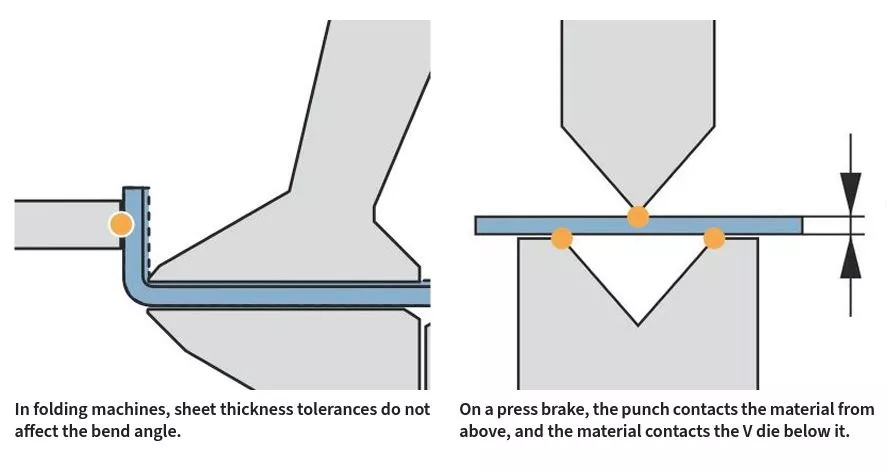
Bending Folding is a method used to bend sheet metal into a folded shape using a tool called a bending die, which creates a folded bend by a folding action that causes the sheet metal to deform elastically and plastically on the folding line of the die. In this process, the sheet metal is sandwiched between two dies, one of which is fixed and the other rotatable, and the rotatable die is rotated upwardly or downwardly along the folding line of the fixed die, causing the sheet metal to bend at the point of contact between the two dies. The angle and radius of the bending bend depends on the position and angle of the rotatable die, and can usually reach a wide range. The advantage of bending is that it can be used to bend folded and complex shapes of sheet metal while maintaining the flatness and integrity of the sheet metal. The disadvantages of bending and folding are that the accuracy and consistency of the bends are low and are affected by factors such as rebound of the sheet metal and the distribution of the bending forces, which need to be corrected and compensated for.
Each type of bending has its own characteristics and advantages and disadvantages, and also requires different tools, equipment, parameters, techniques, etc. When choosing and using sheet metal bending methods, you need to make reasonable judgments and choices according to the material, thickness, shape, size, bending angle, bending radius and other factors of the sheet metal, as well as the purpose and requirements of the bending, in order to achieve the best bending results.
Richconn is an excellent choice when you need sheet metal machining services. With state-of-the-art equipment and an experienced team, we are able to provide high-quality sheet metal fabrication solutions. Whether you need custom part machining, chassis assembly, or other sheet metal fabrication services, Richconn has you covered. Known for their professionalism, reliability, and precise workmanship, they are a trusted partner for many customers.
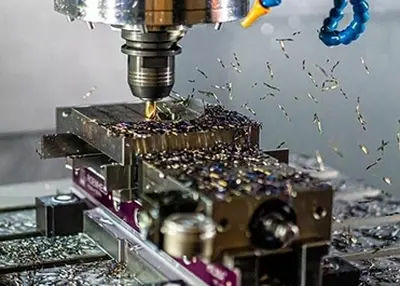 What is a CNC Machine?October 20, 2023The full name of CNC is Computer Numerical Control, and a tooling machine with a computer as the control center is called a CNC machine. The traditional tooling machines need to be manually operated to achieve a variety of metal processing techniques, CNC machine is by the engineers of the computer input product drawings, complete the product required tooling sequence, processing environment parameters and other data, by the computer according to the above instructions for automated production.view
What is a CNC Machine?October 20, 2023The full name of CNC is Computer Numerical Control, and a tooling machine with a computer as the control center is called a CNC machine. The traditional tooling machines need to be manually operated to achieve a variety of metal processing techniques, CNC machine is by the engineers of the computer input product drawings, complete the product required tooling sequence, processing environment parameters and other data, by the computer according to the above instructions for automated production.view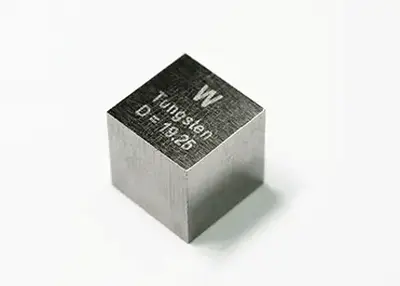 Machining Tungsten Guide: Can Tungsten be Machined?November 13, 2023Welcome to the cutting-edge world of machining tungsten, where precision meets excellence. As the forefront player in CNC machining, Richconn is here to unravel the intricacies of working with tungsten, answering the pivotal question: Can tungsten be machined?view
Machining Tungsten Guide: Can Tungsten be Machined?November 13, 2023Welcome to the cutting-edge world of machining tungsten, where precision meets excellence. As the forefront player in CNC machining, Richconn is here to unravel the intricacies of working with tungsten, answering the pivotal question: Can tungsten be machined?view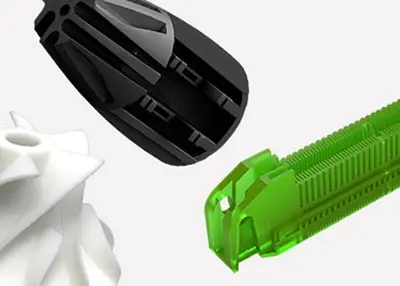 Material Selection for Stereolithography (SLA) 3D PrintingOctober 17, 2023When comparing the material properties of thermoplastics used in injection molding with "thermoplastic-like" materials used in an industrial 3D printing technology such as stereolithography (SLA), many factors come into play.view
Material Selection for Stereolithography (SLA) 3D PrintingOctober 17, 2023When comparing the material properties of thermoplastics used in injection molding with "thermoplastic-like" materials used in an industrial 3D printing technology such as stereolithography (SLA), many factors come into play.view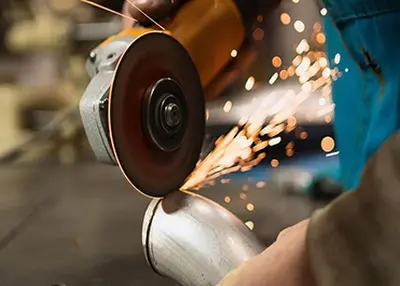 A Look Into Plasma Cutting: How Does a Plasma Cutter Work?December 1, 2023It is an expert guide to plasma cutting. Keep reading and you get the answer to “how do plasma cutters work?”A Look Into Plasma Cutting: How Does a Plasma Cutter Work?Plasma cutting is a highly eff...view
A Look Into Plasma Cutting: How Does a Plasma Cutter Work?December 1, 2023It is an expert guide to plasma cutting. Keep reading and you get the answer to “how do plasma cutters work?”A Look Into Plasma Cutting: How Does a Plasma Cutter Work?Plasma cutting is a highly eff...view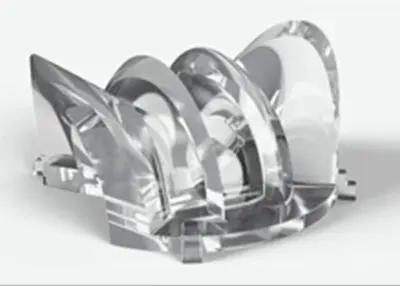 CNC Manufacturing: Precision Craftsmanship in the Digital AgeNovember 1, 2023CNC machine tools (CNC machines) are highly automated manufacturing tools that use a computerized control system to precisely control the movement of tools and workpieces to perform a variety of machining operations.CNC manufacturing has been used in a wide variety of industries, from automotive to aerospace, and from medical devices to furniture manufacturing. Below are some examples of CNC manufacturing, demonstrating its wide range of applications in different fields:view
CNC Manufacturing: Precision Craftsmanship in the Digital AgeNovember 1, 2023CNC machine tools (CNC machines) are highly automated manufacturing tools that use a computerized control system to precisely control the movement of tools and workpieces to perform a variety of machining operations.CNC manufacturing has been used in a wide variety of industries, from automotive to aerospace, and from medical devices to furniture manufacturing. Below are some examples of CNC manufacturing, demonstrating its wide range of applications in different fields:view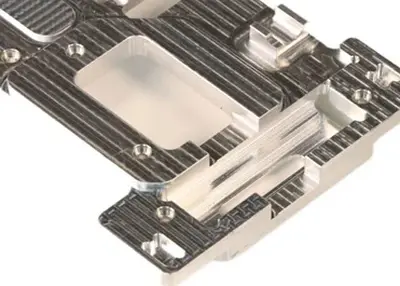 What Is CNC Machining? The Basic Information You Need to KnowMarch 27, 2024What is CNC machining? Here is the basic information that you must know, such as its advantages, disadvantages, applications, and so on.view
What Is CNC Machining? The Basic Information You Need to KnowMarch 27, 2024What is CNC machining? Here is the basic information that you must know, such as its advantages, disadvantages, applications, and so on.view
 EN
EN
 ru
ru 
